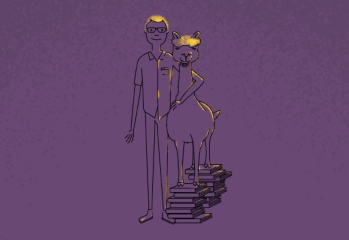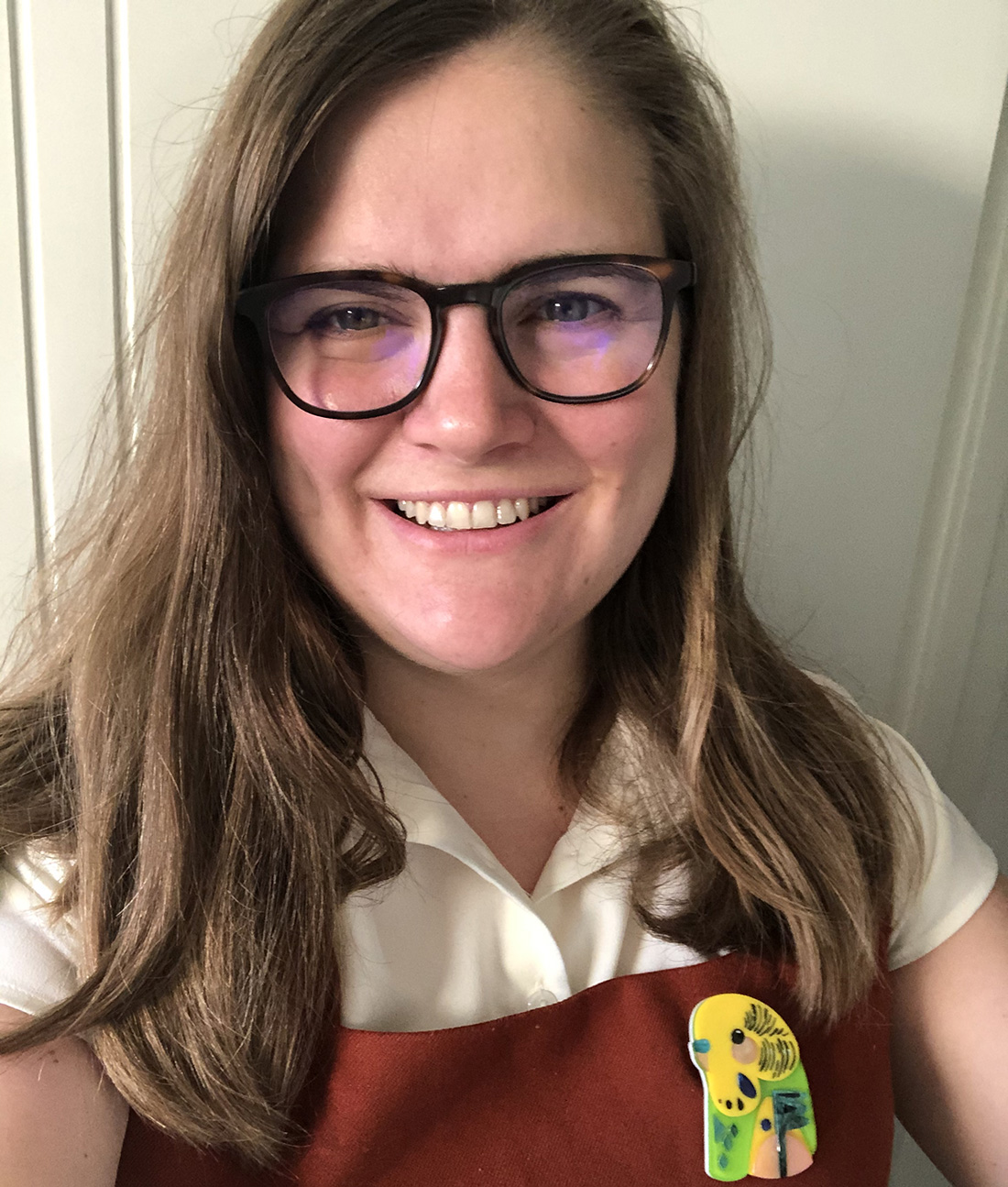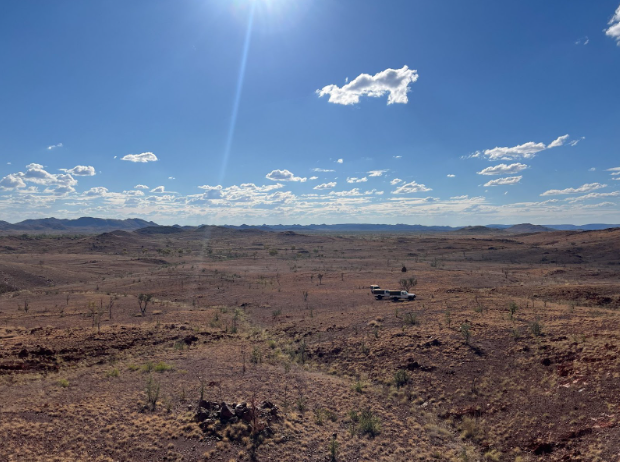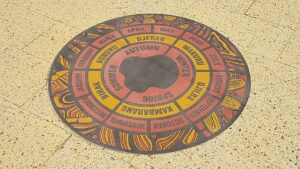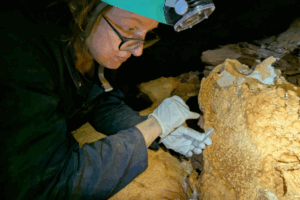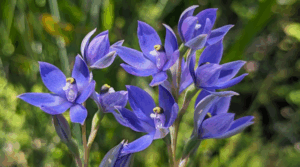In the beginning, Earth was a violent place with no atmosphere to soften the blow.
About 66 million years ago, an asteroid slammed into what is now Mexico, forming the Chicxulub crater.
This impact wiped out the dinosaurs and around 75% of all species on Earth at the time.
But another crater, located in Australia, is far older. Billions of years older.
According to research from Curtin University, this site could be the oldest meteorite impact crater ever discovered on Earth.
How old is the oldest meteorite impact crater on the planet? 3.5 billion years old.
And it’s right here in WA, deep in the Pilbara.
MADE IN WESTERN AUSTRALIA
Scientists examined rocks at North Pole Dome, 40 kilometres west of Marble Bar.
The area is home to some of Earth’s earliest preserved crust.
The team found signs of shock textures and microscopic patterns in the rock caused by intense heat and pressure.
The kind only a massive cosmic impact could create.
“Before our discovery, the oldest impact crater was 2.2 billion years old, so this is by far the oldest known crater ever found on Earth,” says Professor Tim Johnson.
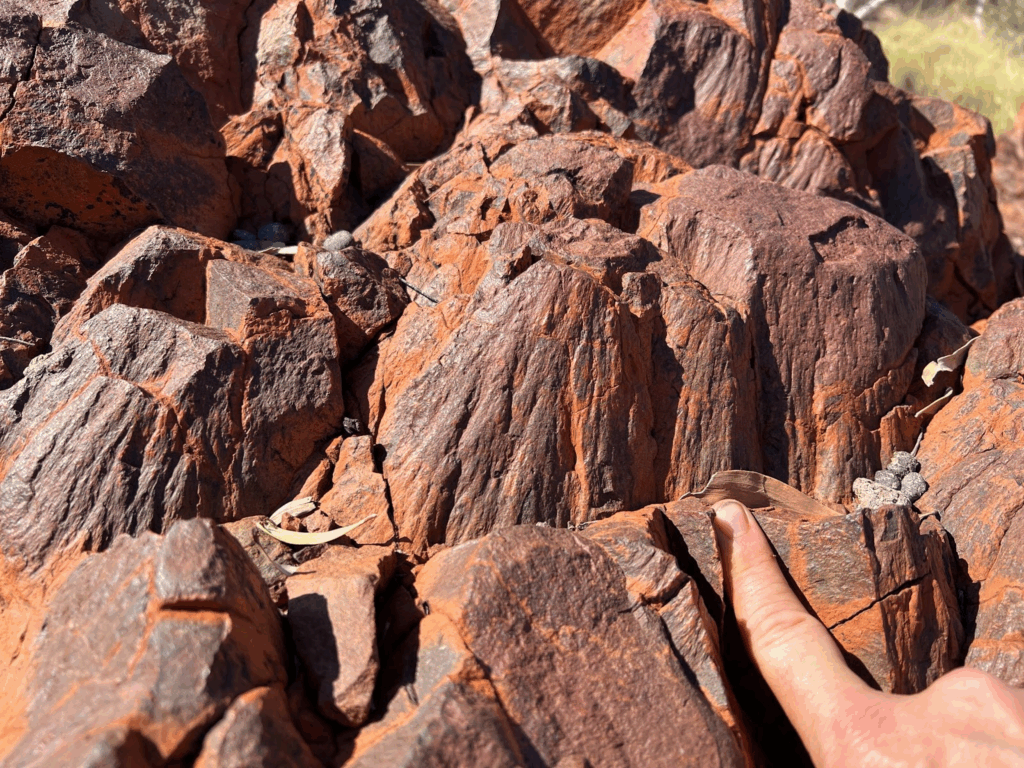
Credit: Curtin University Media
HIT ME SPACE ROCK, ONE MORE TIME
Shatter cones, distinctive rock formations that only form under the extreme pressure of a meteorite strike, revealed what happened.
A meteor hit the region at more than 36,000 kilometres per hour, creating a crater more than 100 kilometres wide and launching debris across the world.
The impact reshaped the landscape, and possibly the planet.
This discovery means Earth was pummelled by meteorites far earlier than previously thought.
This has major implications for the origin of life, atmosphere formation and early plate tectonics.
ALL THE WORLD’S A STAGE
It’s not every day Western Australia rewrites Earth’s history. But not everyone sees it the same way.
In July 2025, a team of geologists from Harvard published new research suggesting the impact might have been smaller and more recent than first thought.
Their fieldwork and analysis estimates the strike happened around 2.7 billion years ago and left behind a crater about 16 kilometres wide.
So who’s right?
SCIENCE IN THE MAKING
Two different answers isn’t a failure or a controversy. It’s science working as it should.
Disagreement is part of the process. Researchers are expected to question each other’s findings, build on them and test them again.
It’s not about who says it, but whether the evidence holds up. The system of science is built to evolve, much like the story of our planet.

Credit: Kate Holmes/Napkin AI
THE STORY OF US
After all, the Chicxulub crater was only confirmed as the source of the dinosaur mass extinction in 1991. The idea – once controversial – is now widely accepted by the scientific community.
Whether this meteorite impact occurred 3.5 billion years ago or far more recently, one thing is clear: we are still piecing together the story of our planet.
Every new discovery, disagreement or discussion takes us one step closer.
